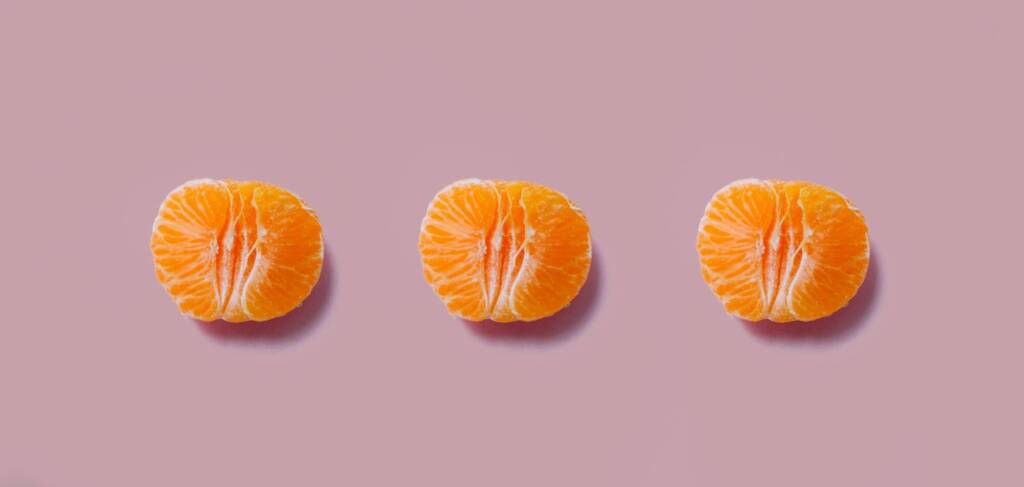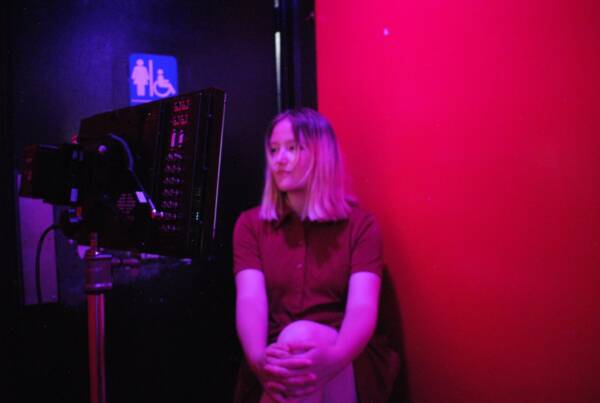 Women’s Health Victoria (WHV) is one of Australia’s leading feminist organisations advocating for women and gender diverse people’s health rights and access. A decade ago, WHV launched the Labia Library: an informative, trusted and first-of-its kind online health resource dedicated to, you guessed it, labias. One of its flagship features is its 40-image photo gallery, showing just how unique everyone’s labias really are. In the last 10 years, the Labia Library has been a go-to resource for anyone seeking more information about vulvas and labias, with the site averaging one million unique visits per year! Importantly, it has been instrumental in celebrating labias in all of their diversity, and promoting body positivity in response to an increasing demand in Australia for female genital cosmetic surgery, also known as labiaplasty – particularly amongst younger women.
Women’s Health Victoria (WHV) is one of Australia’s leading feminist organisations advocating for women and gender diverse people’s health rights and access. A decade ago, WHV launched the Labia Library: an informative, trusted and first-of-its kind online health resource dedicated to, you guessed it, labias. One of its flagship features is its 40-image photo gallery, showing just how unique everyone’s labias really are. In the last 10 years, the Labia Library has been a go-to resource for anyone seeking more information about vulvas and labias, with the site averaging one million unique visits per year! Importantly, it has been instrumental in celebrating labias in all of their diversity, and promoting body positivity in response to an increasing demand in Australia for female genital cosmetic surgery, also known as labiaplasty – particularly amongst younger women.
The Labia Library is now celebrating its 10-year anniversary and its phenomenal success. Later this year, it will be expanded with new health evidence for GPs, sex educators and parents and increased diversity of images in its gallery – and WHV are calling out for models right now!
We spoke with Dr Sianan Healy from Women’s Health Victoria to learn more…
Hi Sianan! Firstly, a quick explainer on what a labia is and why it’s so important…
When people say vagina, what they’re often talking about is actually the labia – the folds of skin that sit on either side of your vaginal opening. This includes the inner folds (inner lips of the vulva) which are known as the labia minora, and the outer folds (outer lips of the vulva), known as the labia majora. They’re sometimes referred to as lips or flaps – whatever you call them though, it’s important to know that they are all different and come in all different shapes, sizes and colours. The labia serve the very important purpose of protecting the urinary opening, the vaginal opening and the clitoris – and they’re also full of nerve endings that play an important role in sex.
Tell us about the Labia Library, what is it, and how did it come to be?
The Labia Library was created by Women’s Health Victoria in 2013. It is an online health literacy resource that provides important information about the natural diversity of vulva and labia in order to promote positive body image.
The site provides information about the anatomy and appearance of female genitalia and includes topics such as labial diversity, hair removal, media images and female genital cosmetic surgery. It addresses common concerns around issues such as labia size and shape and provides advice to women who are worried about the appearance of their vulva. Forty photographs depicting unmodified and non-sexualised female genitals are also included to demonstrate natural physiological diversity. The photographs, taken by Katie Huisman, are reproduced with permission from Show Off Books and were originally found in the book I’ll Show You Mine (2011) by Wrenna Robertson.
Why was the Labia Library born?
Through our research, Women’s Health Victoria identified a worrying increase in demand for female genital cosmetic surgery amongst young women. Through this study, we also uncovered that many people with labias don’t actually have the chance to see accurate representations of female genitals, as the majority of the images we see in media and pornography are often altered and lacking in diversity. This has changed over the last decade a little bit – and magazines such as Ramona help with this – however it’s still an issue and a contributing factor to the shame, stigma, anxiety or embarrassment that many girls and women feel about their labias.
The site was originally designed for young women in Victoria but it attracts a large global and Australia-wide audience.
What are people most afraid of or anxious about when it comes to their labias – and what role does the Labia Library play in addressing those concerns?
Many people get their information from the internet, however mainstream media, social media, pornography and even cosmetic surgical advertisements create unrealistic ideas about what is ‘normal’ for female genitals. Worryingly, since the early 2000s there has been increasing demand for cosmetic genital surgery in Australia to change or reduce the size of labia. There are a number of reasons women seek female genital cosmetic surgery, including medical or functional reasons, but the most common reason is aesthetic concern over genital appearance and a desire to achieve a ‘normal’ look.
The Labia Library’s core purpose is to educate and empower people with labia about just what is ‘normal’ – and to destigmatise natural labia variation and promote body positivity.
We’ve had incredible feedback over the years that has been overwhelmingly positive, with many people expressing gratitude and relief that their labia are healthy and that diversity in labia appearance is normal.
In what other ways has the Labia Library made an impact?
I’m really proud of the way that the Labia Library has been promoted as an important resource for health professionals, including The American Association of Sexuality Educators, Counsellors and Therapists’ journal, the Australian Government’s HealthDirect website, and in the 2015 Royal Australian College of General Practitioners’ world first guidelines for GPs on female genital cosmetic surgery. It is also used by The University of Melbourne and University of Western Australia’s 5th year medical students in obstetrics and gynaecology.
You’re updating the photo gallery – and there’s a call out for models for this right now. Why does the gallery need to be updated?
We know the Labia Library is an incredibly important resource, used by people seeking information and reassurance from around the world. But we also know that there are people who visit the website who currently don’t see themselves represented. So while we understand we can never have a completely exhaustive gallery (after all, labia and vulvas are as diverse as faces), we want to make the website even better, through being more representative of the wonderful diversity of bodies that make up our society. That means including more people of colour, a bigger range of body and labia shapes and sizes, younger and older people, people who are trans or gender diverse, people who are pregnant and people who have experienced birth injuries, to name a few.
Why should people apply take part?
Over the next week, we are calling out for models to be photographed (these are completely anonymous/no faces are shown, the photoshoots are conducted in a safe and supportive environment, and this is a paid opportunity).
We are especially hoping to hear from trans women post gender-affirming surgery and people with labia who are taking testosterone; people of colour and people who are post-menopause.
We’ve had a great initial response, and people have been telling us they are excited to participate for a range of reasons: some because they want to be involved in a campaign of education and destigmatisation; some because they see it as an act of self-love and empowerment; and others because they want to repair their own relationships with their bodies. Some for all three reasons.
How can people sign up?
Applications close this Sunday 17 March, and models must be able to attend a photoshoot in Melbourne on either the 24th, 27th or 28th of March. Each model will receive $200. You can find more information here on the Labia Library home page.






